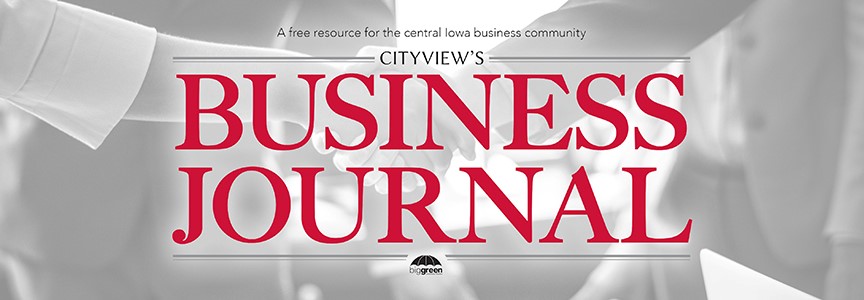Of all the things that should be simple, why is it accepting customer payments has become so frustrating? If you run a brick and mortar storefront, cash makes things super easy for you but is an annoyance for your customers. If you run an online-only business, then e-commerce basically requires a credit card processing tool. Meanwhile, processing platforms or “gateways” abound with varying different transaction and services fees.
Before you go any further, know that there is not an easy one-size-fits all solution. Why not? Well, look no further than Des Moines based payment start-up Dwolla, which, after six years of processing consumer payments for businesses, killed its public app, deciding instead to focus its efforts on business payment solutions. Dwolla was not only a proud Iowa startup, it was a nationally publicized tech darling. Why did it retcon its image? Most likely because as hard as it is for a business to find a tool that fits its needs, consumers are much more fickle when it comes to adopting payment solutions.
As fun as it is to adopt the newest and flashiest technology in nearly every field, in the financial world consumers are wary of giving away the reins to their fiscal identity to a product they don’t trust. It was well into the 2000s before the majority of consumers were comfortable punching their credit card numbers into online payment processors. Consumer confidence in payment processors is so low, if customers encounter online payment tools they don’t know, or aren’t comfortable with, one in two will walk away from the purchase.
So if you are selling online and aren’t willing to lose half your sales, the best advice for payment processing is offering buyers the kitchen sink. Amazon Pay, Google Checkout, PayPal, Square and Stripe are all online processors that offer payment tools localized to your website with no monthly fees and low-transaction pricing. Of course each service has different transaction fee costs with some using graduated fee levels based on transaction amount. But if you’re ultimate goal is making an online sale, then offering a branded processor your customer is comfortable with should be your ultimate goal. No online payment processor is more well established than Amazon, with Google coming in a close second.
If you operate a brick-and-mortar store and your customers pay in person, then you should consider many options including those from local processors and banks. PayPal or Square have built longstanding customer buy-in with their point-of-sale tools. Both companies give away their hardware, but you need to consider all costs and ease of use for your customers.
You can agonize over the 2.9 percent fee per transaction with Amazon or the $5 per month advanced payment option on PayPal. Or you can think about what your customer will do once he or she heads to checkout. ♦
Patrick Boberg is a central Iowa creative media specialist. Follow him on Twitter @PatBoBomb.


superbeets
Excellent way of describing, and fastidious paragraph to get facts concerning my presentation subject, which i am going to present in university.|